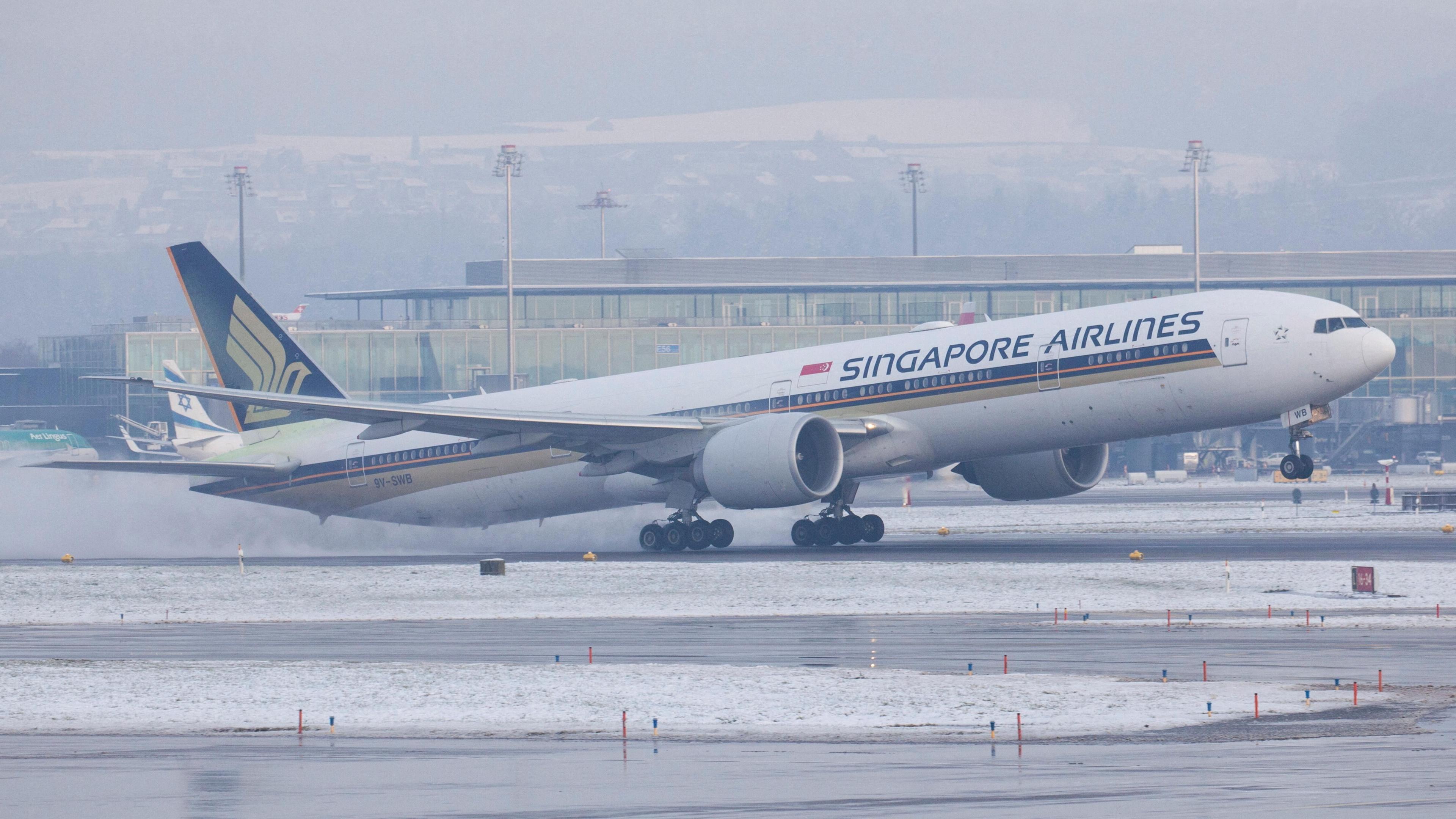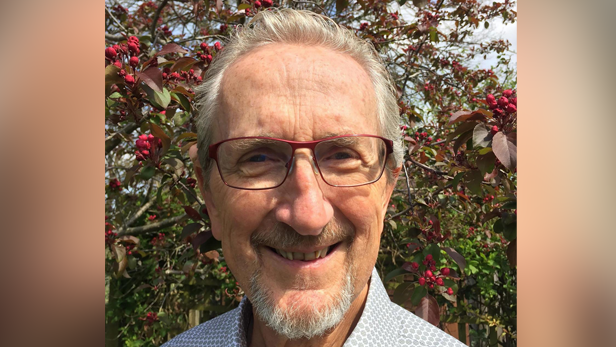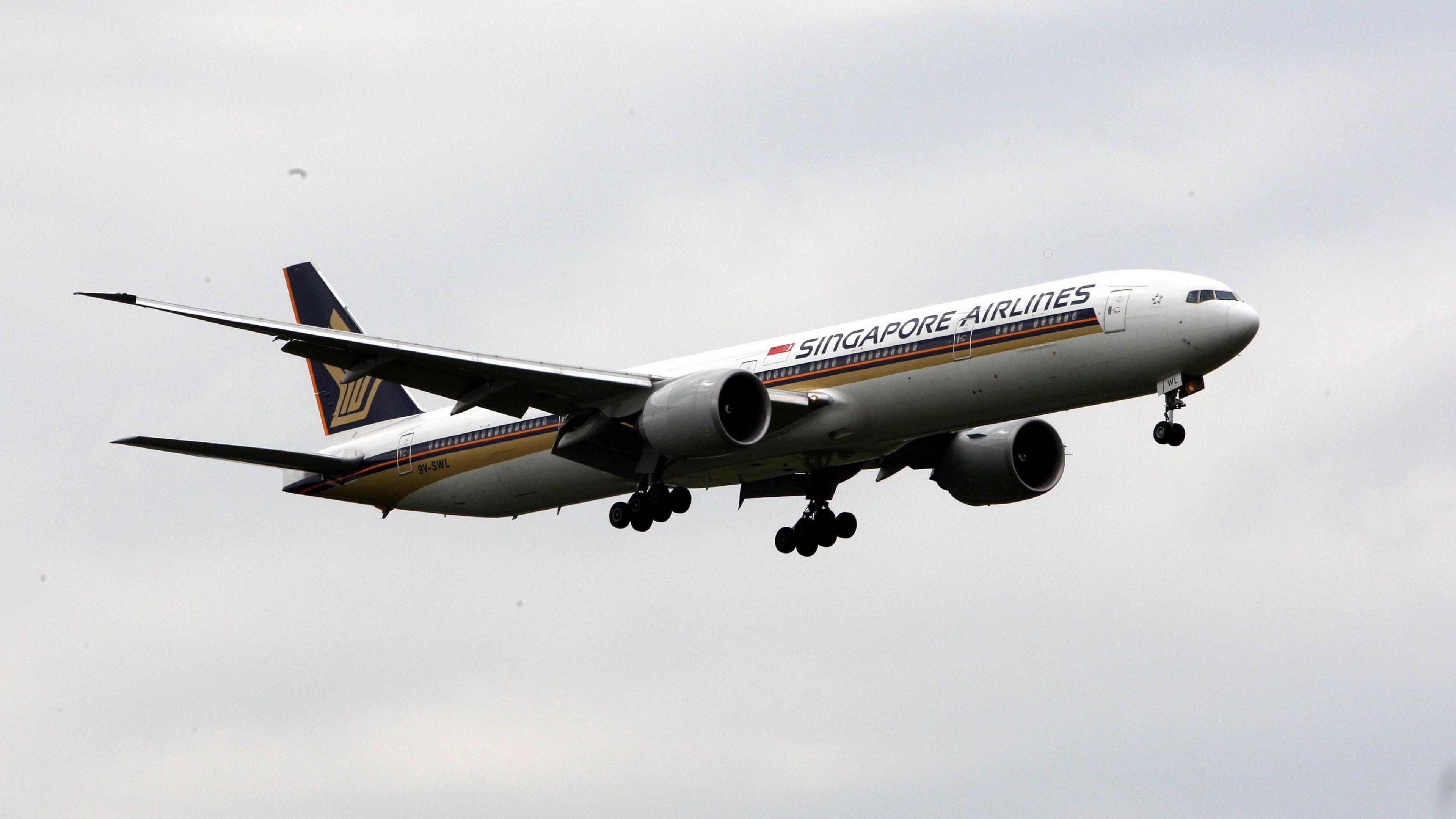What is it like to fly a plane during turbulence?

- Published
For passengers on board the SQ321 flight from London to Singapore, it was a terrifying experience when the plane was hit by severe turbulence.
A 73-year-old British man, Geoff Kitchen, died from a suspected heart attack, while dozens of others were injured.
Turbulence occurs when a plane hits air currents causing it to roll, pitch or drop suddenly. It is said to be becoming more common due to climate change.
Pilots have told the BBC severe turbulence events of this kind are extremely rare and described what they do and how they react when they hit.
Captain Chris Hammond, a retired pilot whose career has spanned 43 years, told the BBC that when an aircraft gets in to turbulence, pilots have to strap themselves in to a full harness and "think of an announcement that won't upset the passengers too much".
"If you can see it coming you can take it leisurely... if it's clear air turbulence you've got to keep your fingers crossed," he said.
Watch on iPlayer
"Clear air" turbulence is, as the name suggests, cloudless and cannot be seen. It is much more problematic as it's very difficult to detect.
Captain Emma Henderson MBE, explained that pilots can usually be warned or spot signs that turbulence is ahead.
She said in the case of the London to Singapore flight, it was "definitely much more likely" for the pilot to have had little warning.
"Not because of it being over the sea, it's more because of the lack of flights around it.
"So, if you're flying in busy European air space, for example, and there's turbulence, pilots will talk to each other," she explained.
"When you're flying in a place where there's very few other aircraft around, that information isn't available so these things can happen without warning."
Captain Henderson noted that the seat belt signs on the flight had just been switched on so there must have been some indication that turbulence was approaching.
She doesn't think there would have been a chance to give greater warning.
Both captains Henderson and Hammond have stressed that severe turbulence was something that happened very infrequently.
Captain Hammond, who is also a member of the British Airlines Pilot Association, said turbulence does not scare him but admitted it did cause some concern early on in his career.
He would previously think "how much can the plane take?" but now knows just how much aircraft can withstand, adding "the wings are supposed to flap up and down."
Captain Hammond said the route of the Singapore Airlines plane is normally no more difficult to fly than any other.
"It was daylight and as far as I know it was the middle of the afternoon so that's when you'd expect the maximum clouds to bubble up, but they're the ones you can see quite easily on the radar.
"If you see a thunderstorm in front of you, you go around it. You don't go through it under any circumstances," he told the BBC's The World Tonight.
"If you can't actually go around it completely then you take precautions."
Although injuries from turbulence are rare, they can be serious and deadly.
'Screaming in agony': Passengers recall horror onboard flight
- Published22 May 2024
What is flight turbulence and why does it happen?
- Published21 May 2024
Watch: Passenger walks through wrecked Singapore Airlines cabin
- Published22 May 2024
“Injuries from severe turbulence are relatively rare in the context of millions of flights operated. However, severe turbulence can be dramatic and lead to severe injuries or sadly, in this case, a fatality," aviation expert John Strickland told the BBC's World at One.
He stressed that aircraft are built to "withstand severe turbulence" and all crew onboard are trained in how they need to respond to it.
"Meteorological reports and radar are used to avoid known turbulence but there are occasions when this is not predictable," Mr Strickland said.
The expert added some parts of the world are "more turbulence prone".
He said flying above the South Atlantic, above Africa and the Bay of Bengal can be more turbulence-prone, based on his knowledge.
"It is not for nothing that airlines recommend keeping seat belts loosely fastened throughout a flight, be it long or short,” Mr Strickland said.
Seatbelts are the safety measure that both pilots put the most emphasis on.
Captain Hammond also emphasized the importance of the safety briefing before the flight.
"Listen, and if the cabin crew speak to you in that slightly higher voice: do what they say," he added.
"The actual aircraft can handle quite extreme forces on it," Captain Henderson said.
"That should be really reassuring for anyone. Aircraft are very strong and the pilots made a safe landing and that was the ultimate result of this flight."
Captain Henderson said that "the biggest thing is seatbelts" and that they do make a difference.
Related topics
- Published22 May 2024

- Published22 May 2024
